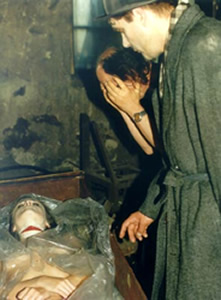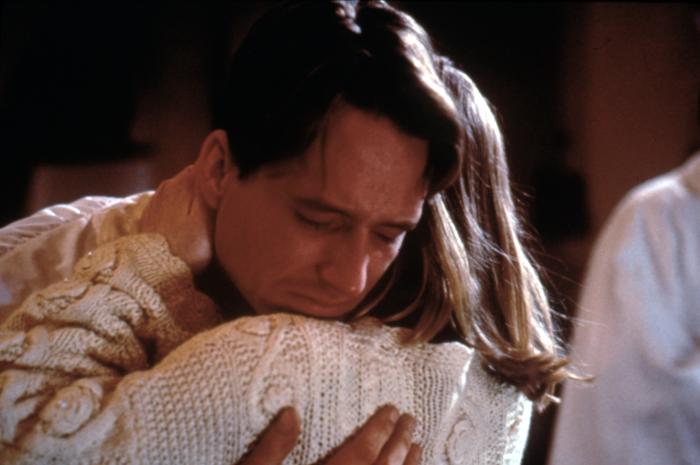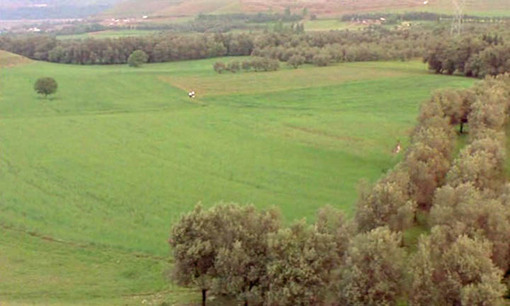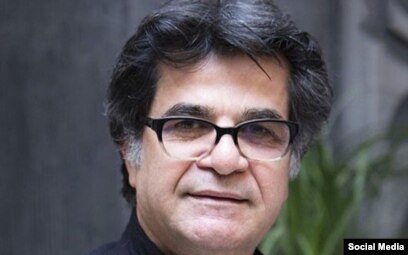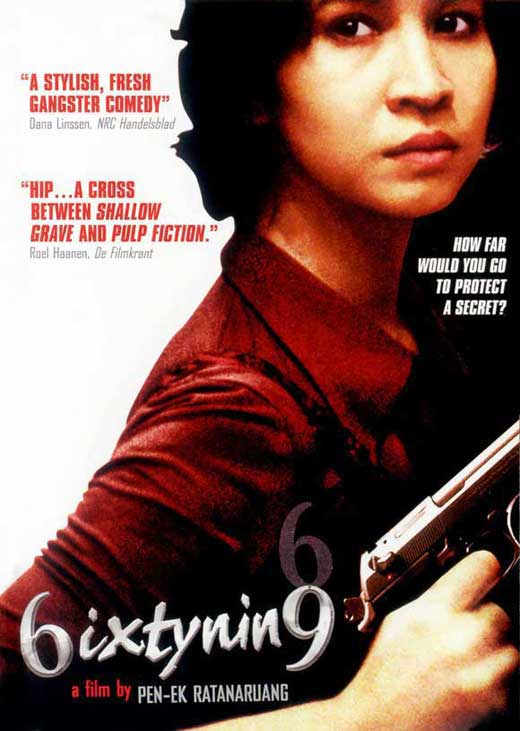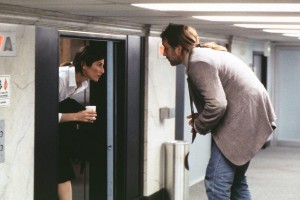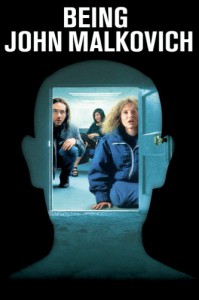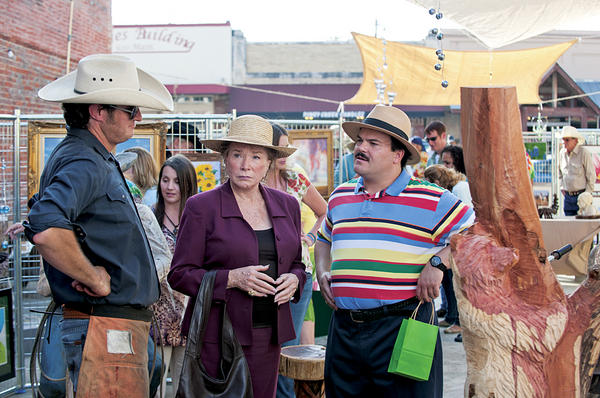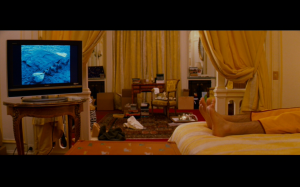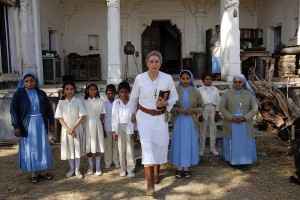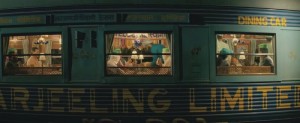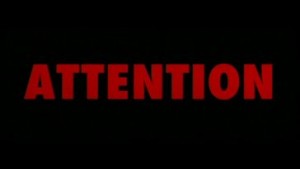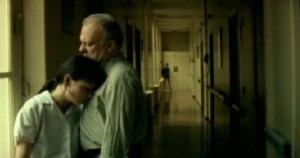From the Chicago Reader (May 20, 2005):
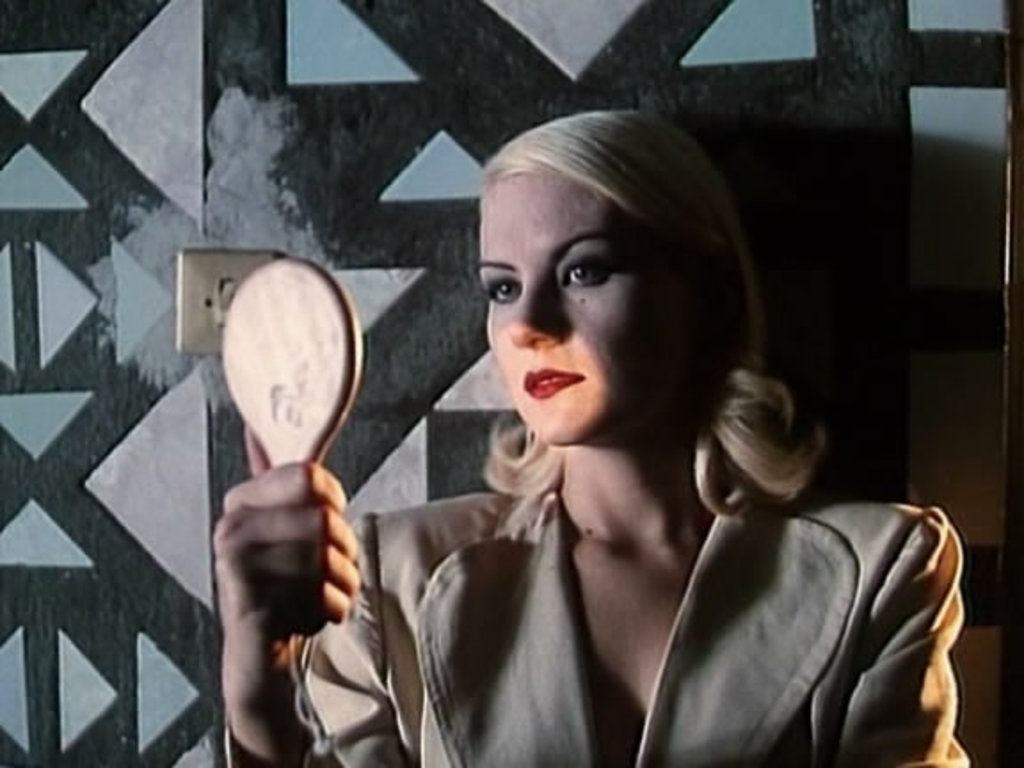
The visionary, transgressive art of director Kira Muratova might be described as bipolar, and these two eccentric comedies, both big successes in Russia, may be her lightest and her darkest. The Felliniesque Passions (1994, 112 min.) considers the wistful dreams of its characters, chiefly a nurse and a circus performer, while the episodes of Three Stories (1997, 109 min.) all deal with cold-blooded murders in postglasnost, posthumanist Russia. Both feature Renata Litvinova, an icy, statuesque blond with the beauty and power of a Hollywood icon; she was a screenwriter by profession, but Muratova turned her into a star (both women won Russian Oscars for their work on Passions). And both exemplify Muratova’s long-standing fascination with animals: Passions revolves around racehorses and takes place partly at a track, while in Three Stories the first episode is set near a zoo, the last one includes a good many cats, and the middle one, scripted by and starring Litvinova, is about an avenging murderess who prefers animals to people. In Russian with subtitles. (JR)
Read more
